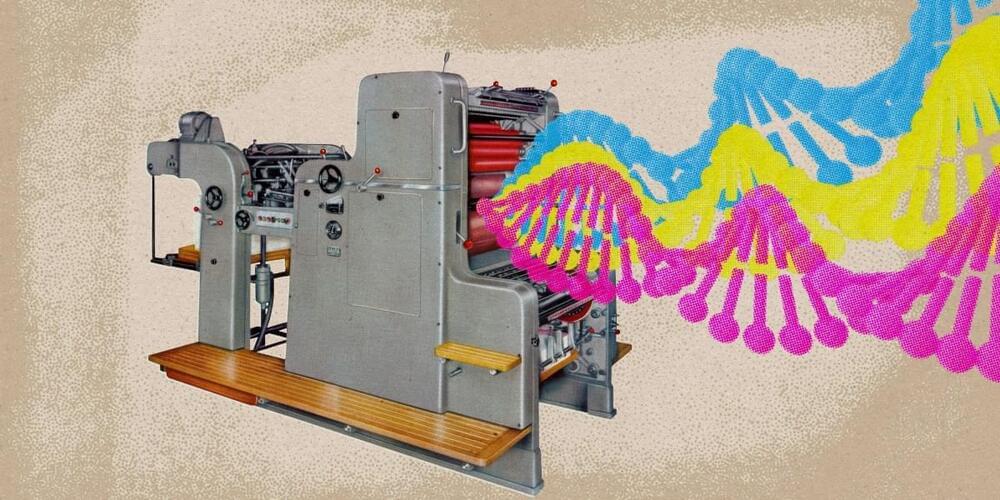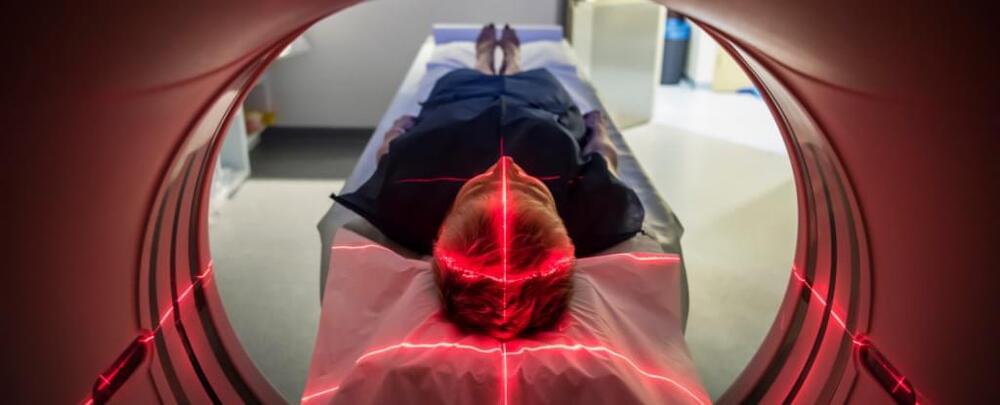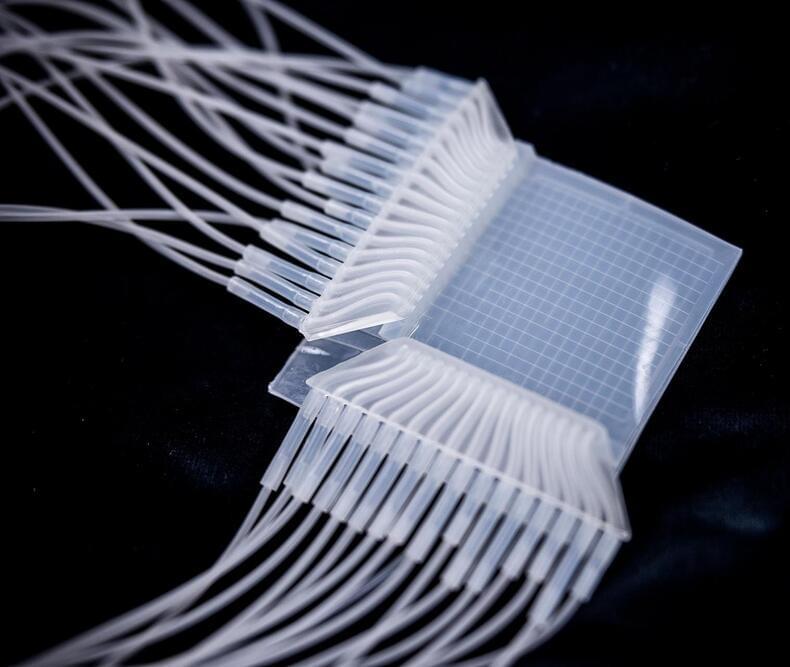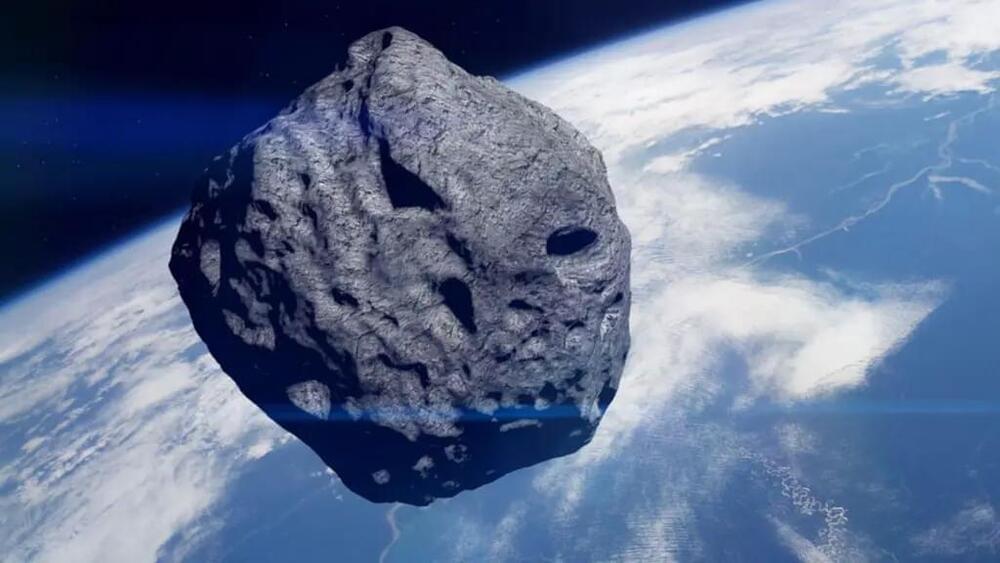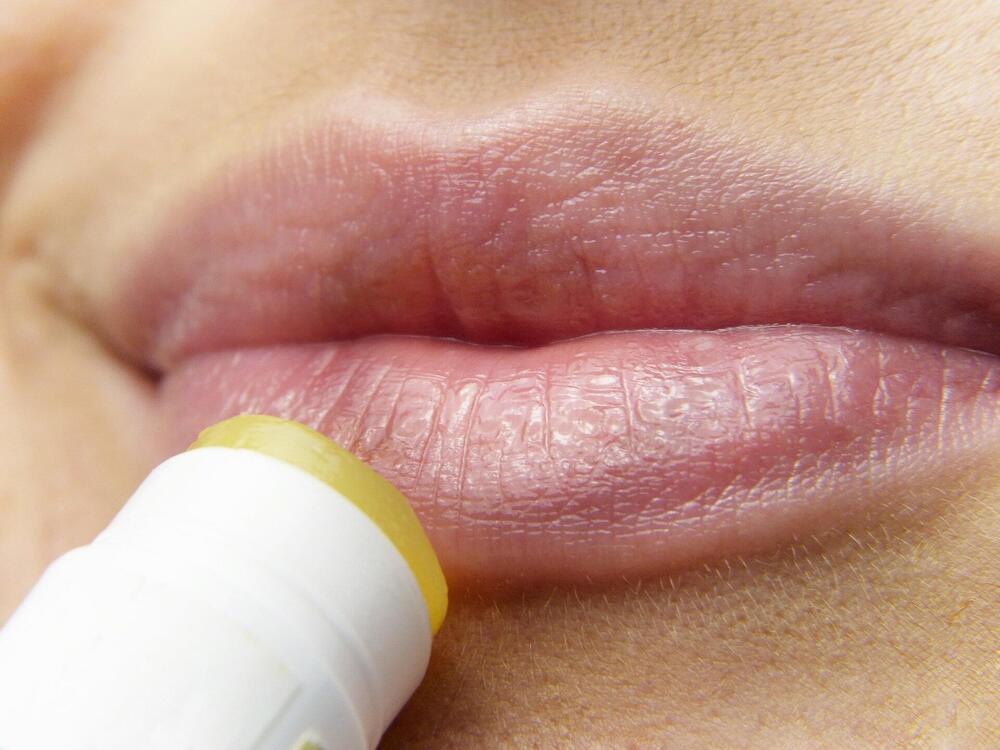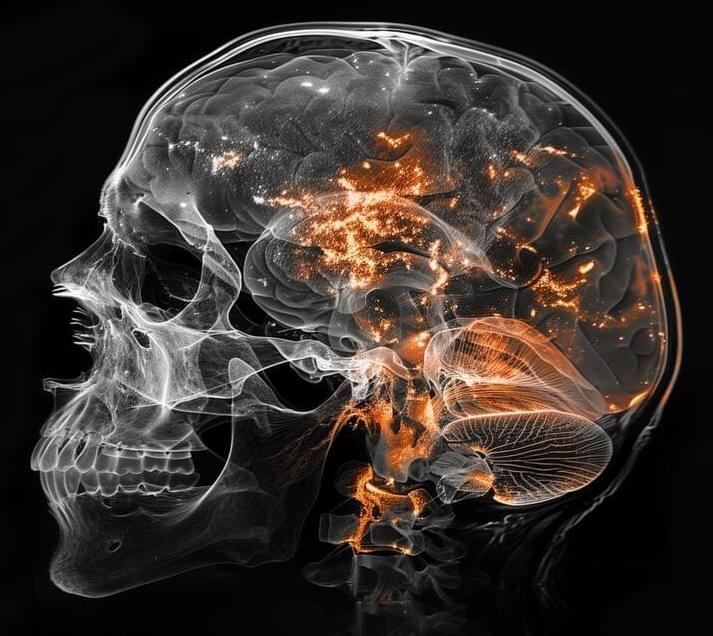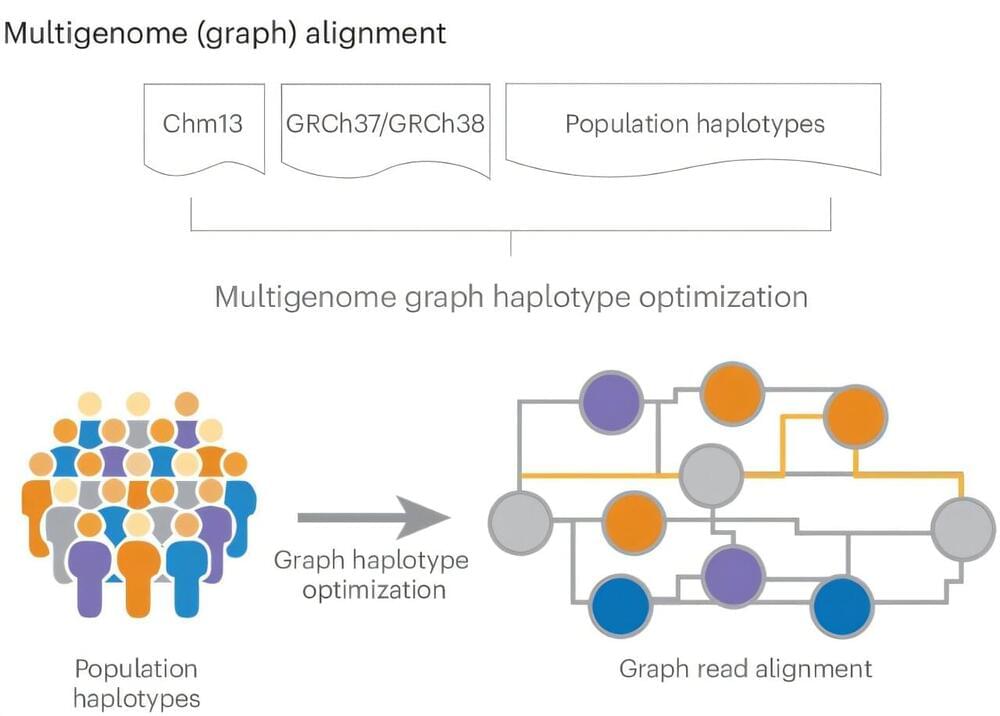Nov 10, 2024
An easier-to-use technique for storing data in DNA is inspired by our cells
Posted by Shubham Ghosh Roy in categories: biotech/medical, chemistry, genetics
The new method, published in Nature last week, is more efficient, storing 350 bits at a time by encoding strands in parallel. Rather than hand-threading each DNA strand, the team assembles strands from pre-built DNA bricks about 20 nucleotides long, encoding information by altering some and not others along the way. Peking University’s Long Qian and team got the idea for such templates from the way cells share the same basic set of genes but behave differently in response to chemical changes in DNA strands. “Every cell in our bodies has the same genome sequence, but genetic programming comes from modifications to DNA. If life can do this, we can do this,” she says.
Qian and her colleagues encoded data through methylation, a chemical reaction that switches genes on and off by attaching a methyl compound—a small methane-related molecule. Once the bricks are locked into their assigned spots on the strand, researchers select which bricks to methylate, with the presence or absence of the modification standing in for binary values of 0 or 1. The information can then be deciphered using nanopore sequencers to detect whether a brick has been methylated. In theory, the new method is simple enough to be carried out without detailed knowledge of how to manipulate DNA.
The storage capacity of each DNA strand caps off at roughly 70 bits. For larger files, researchers splintered data into multiple strands identified by unique barcodes encoded in the bricks. The strands were then read simultaneously and sequenced according to their barcodes. With this technique, researchers encoded the image of a tiger rubbing from the Han dynasty, troubleshooting the encoding process until the image came back with no errors. The same process worked for more complex images, like a photorealistic print of a panda.
